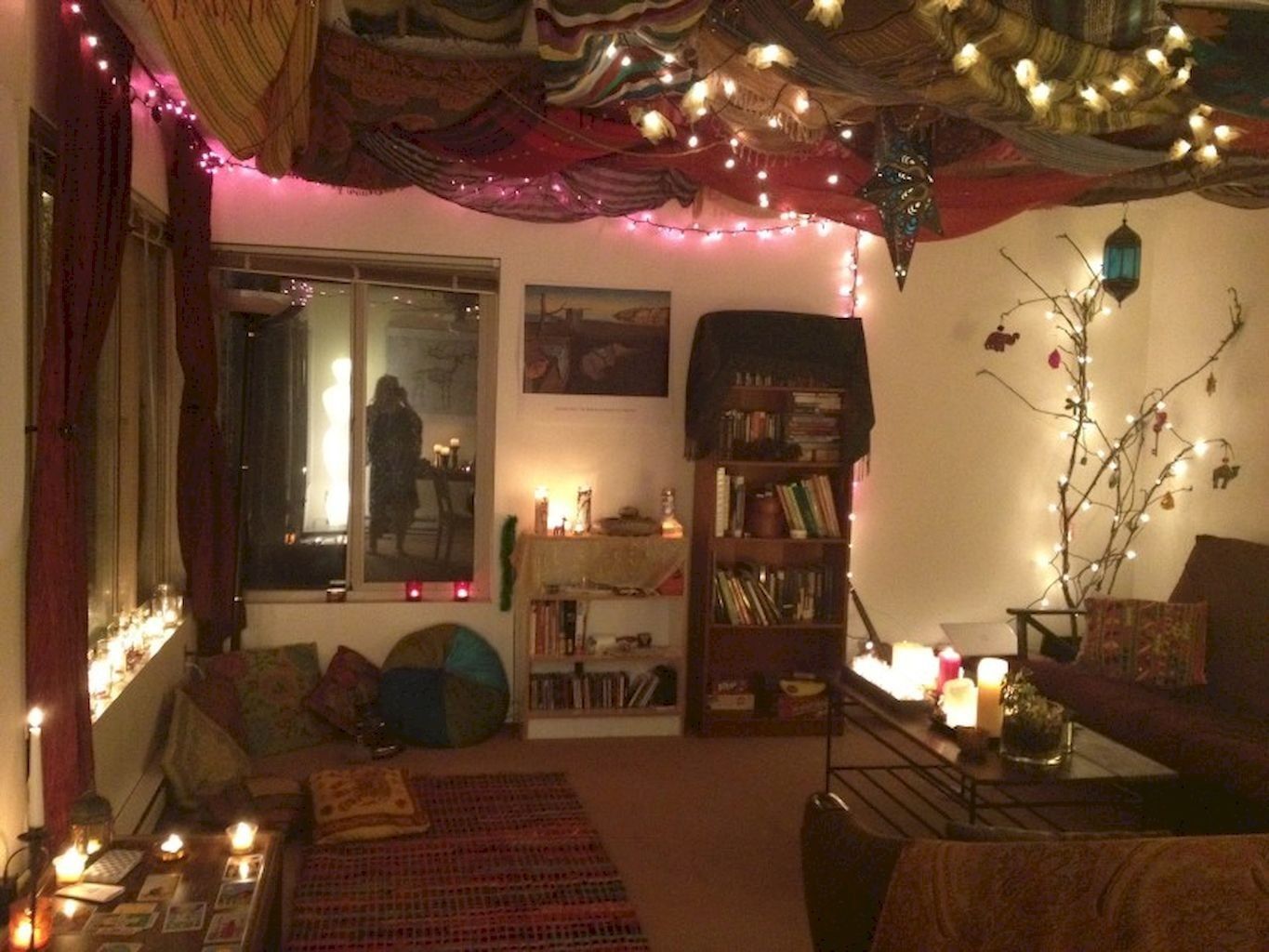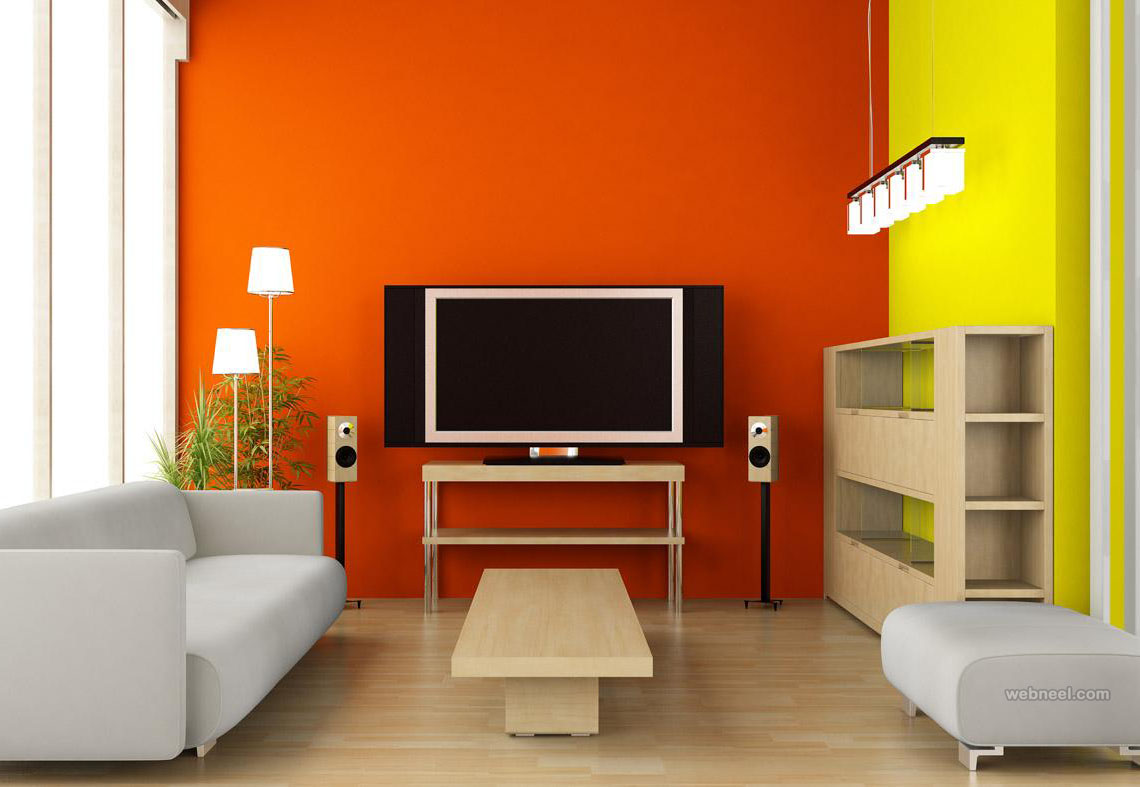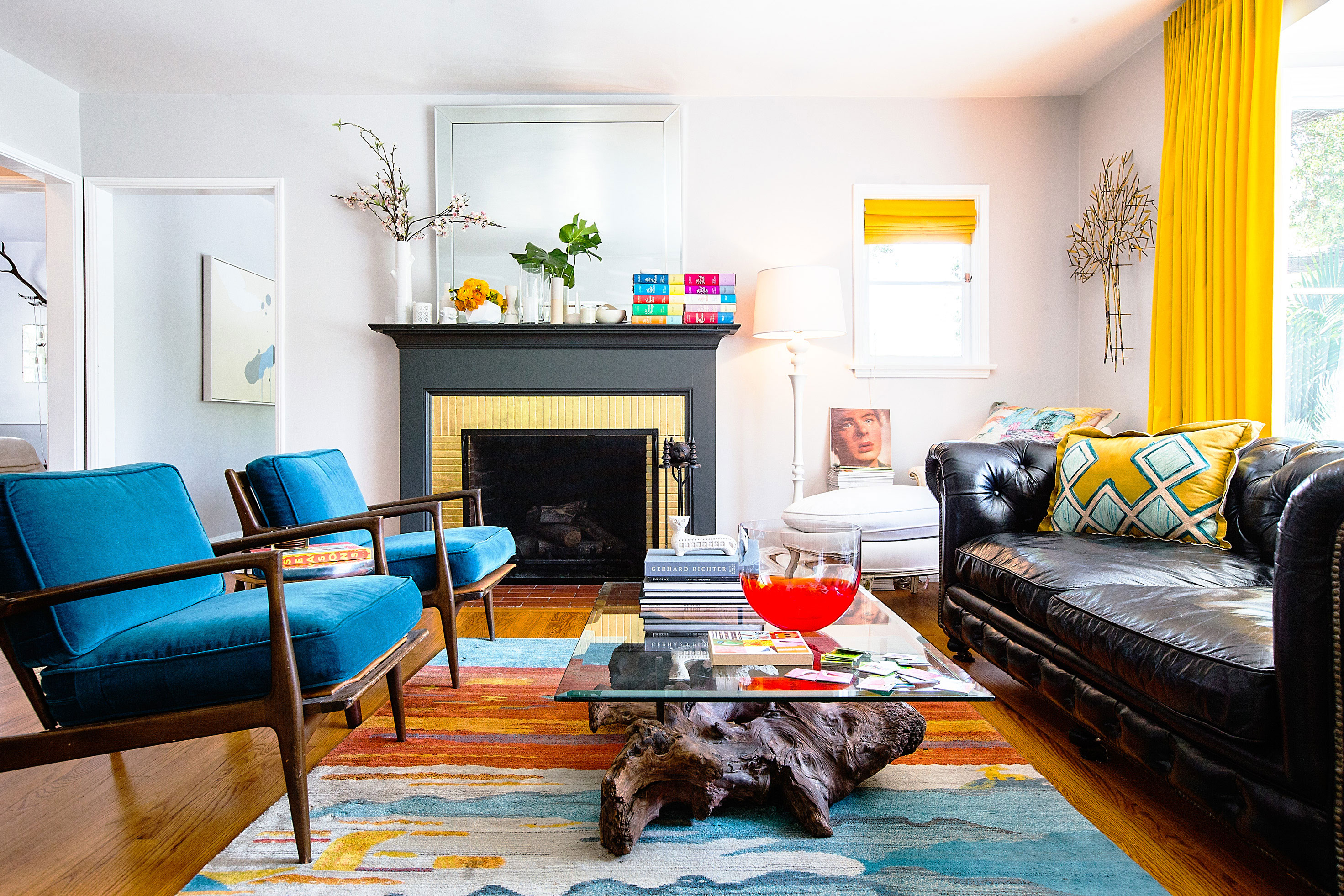Color Psychology: Choosing the Right Colors for Your Living Room
The color scheme of your living room can greatly impact the overall look and feel of the space. It can evoke certain emotions, set the tone for the room, and create a cohesive design. That's why it's important to carefully consider the colors you choose for your living room. Here are some tips on how to choose the right colors for your living room based on color psychology.
How to Choose the Perfect Color Palette for Your Living Room
The first step in choosing the perfect colors for your living room is to decide on a color palette. This will help guide your color choices and ensure that everything works together harmoniously. You can start by choosing one or two main colors and then incorporating complementary or accent colors. Consider using a color wheel to help you visualize which colors will work best together.
10 Tips for Choosing the Perfect Paint Colors for Your Living Room
When it comes to painting your living room, there are a few key things to keep in mind. First, consider the natural light in the room. If you have a lot of natural light, you can get away with using darker colors. Second, think about the size of the room. If you have a small living room, lighter colors can help make the space feel bigger. And finally, don't be afraid to experiment with different shades of your chosen color to find the perfect one for your space.
The Dos and Don'ts of Choosing Colors for Your Living Room
There are a few dos and don'ts to keep in mind when choosing colors for your living room. Do choose a color scheme that reflects your personal style and taste. Don't be afraid to mix and match colors, but also don't go overboard with too many colors. Do consider the function of the room – if it's a space for relaxation, choose calming colors, but if it's a space for entertaining, you can incorporate bolder colors. And finally, do consider the rest of your home's color scheme when choosing colors for your living room to ensure a cohesive look.
Choosing the Best Colors for a Small Living Room
If you have a small living room, choosing the right colors can help make the space feel bigger and more open. Lighter colors, such as pastels or neutrals, can help reflect light and make the room feel more spacious. Avoid using dark colors, as they can make the space feel more closed-in. You can also use mirrors to help create the illusion of a larger space.
Creating a Cohesive Color Scheme for Your Living Room
When choosing colors for your living room, it's important to create a cohesive color scheme that ties everything together. This means choosing colors that work well together and complement each other. You can achieve this by using a color palette, as mentioned earlier, or by selecting colors that are in the same color family. For example, you can pair different shades of blue or green for a cohesive look.
The Impact of Color: How to Choose the Right Colors for Your Living Room
Color can have a significant impact on our emotions and mood. That's why it's important to choose the right colors for your living room. For a calming and relaxing space, choose cool colors like blue, green, or lavender. For a more energetic and lively atmosphere, opt for warm colors like red, orange, or yellow. You can also use a combination of both warm and cool colors to create a balanced and inviting space.
Choosing the Right Accent Colors for Your Living Room
Accent colors can add visual interest and depth to your living room. When choosing accent colors, consider using colors that are complementary to the main colors in your color scheme. You can also use accent colors to add pops of color and create focal points in the room. For example, you can choose a bold color for a statement piece of furniture or incorporate accent pillows in different colors and patterns.
Using Color Psychology to Create a Relaxing Living Room
As mentioned earlier, certain colors can evoke specific emotions and moods. If you want to create a relaxing and serene living room, consider using colors like blue, green, or lavender. These colors are known to promote feelings of calmness and tranquility. You can also incorporate natural elements, like plants or wood, to enhance the soothing atmosphere.
How to Incorporate Bold Colors into Your Living Room Design
If you're feeling bold and want to make a statement with your living room colors, there are a few ways to do so without overwhelming the space. One option is to use a bold color as an accent wall, while keeping the rest of the walls and furniture in neutral tones. You can also incorporate bold colors through accessories, such as artwork, rugs, or curtains. Just be sure to balance out the bold colors with some neutral elements to avoid a busy and overwhelming look.
Choosing the Perfect Colors for Your Living Room
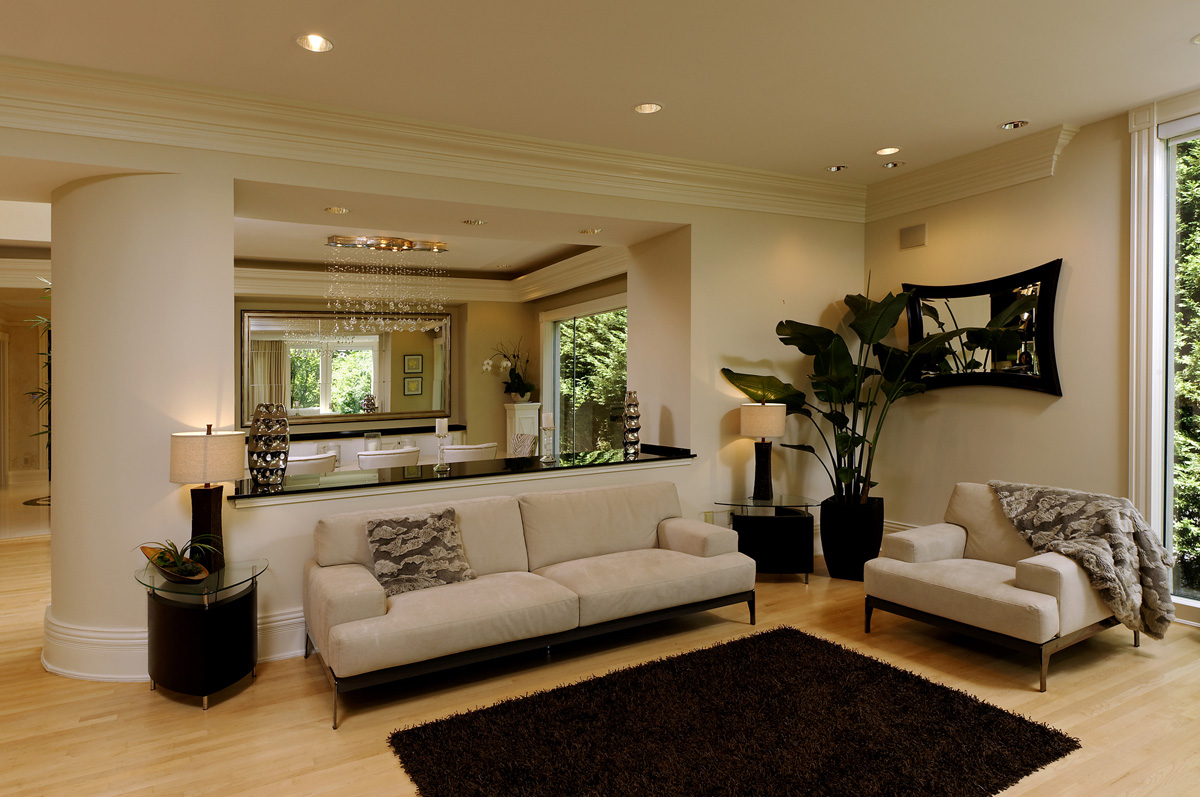
Creating a Cohesive Color Palette
 When it comes to designing your living room, choosing the right colors is crucial in creating a space that is both inviting and aesthetically pleasing. The colors you choose will set the tone for the entire room and can greatly impact the overall ambiance. With so many color options available, it can be overwhelming to know where to start. But fear not, with some guidance and a bit of creativity, you can easily create a cohesive color palette for your living room.
When it comes to designing your living room, choosing the right colors is crucial in creating a space that is both inviting and aesthetically pleasing. The colors you choose will set the tone for the entire room and can greatly impact the overall ambiance. With so many color options available, it can be overwhelming to know where to start. But fear not, with some guidance and a bit of creativity, you can easily create a cohesive color palette for your living room.
Consider the Size and Lighting of Your Living Room
 Before diving into color options, it's important to consider the size and lighting of your living room. These factors play a significant role in how colors will appear in the space. If your living room is small, it's best to stick with lighter colors to create the illusion of a larger space. On the other hand, if your living room is large, you can experiment with both light and dark colors. Additionally, natural lighting can greatly impact the way colors look, so it's essential to consider the amount of sunlight your living room receives when choosing colors.
Before diving into color options, it's important to consider the size and lighting of your living room. These factors play a significant role in how colors will appear in the space. If your living room is small, it's best to stick with lighter colors to create the illusion of a larger space. On the other hand, if your living room is large, you can experiment with both light and dark colors. Additionally, natural lighting can greatly impact the way colors look, so it's essential to consider the amount of sunlight your living room receives when choosing colors.
Understand Color Psychology
 Color psychology is the study of how colors can affect our emotions and behavior. When choosing colors for your living room, it's important to keep in mind the mood and atmosphere you want to create. For example, if you want your living room to feel calming and peaceful, consider using cool colors such as blues and greens. If you want to create a more energetic and vibrant space, opt for warm colors like yellows and oranges. Understanding color psychology can help you choose colors that align with the overall feel you want for your living room.
Featured keyword: Living room colors
Color psychology is the study of how colors can affect our emotions and behavior. When choosing colors for your living room, it's important to keep in mind the mood and atmosphere you want to create. For example, if you want your living room to feel calming and peaceful, consider using cool colors such as blues and greens. If you want to create a more energetic and vibrant space, opt for warm colors like yellows and oranges. Understanding color psychology can help you choose colors that align with the overall feel you want for your living room.
Featured keyword: Living room colors
Explore Different Color Combinations
 Once you have a general idea of the colors you want to incorporate, it's time to explore different color combinations. A simple way to do this is by using a color wheel. Colors that are opposite each other on the wheel, known as complementary colors, create a high-contrast and visually striking look. Colors that are next to each other on the wheel, known as analogous colors, create a harmonious and cohesive look. Experiment with different combinations to find the perfect balance for your living room.
Once you have a general idea of the colors you want to incorporate, it's time to explore different color combinations. A simple way to do this is by using a color wheel. Colors that are opposite each other on the wheel, known as complementary colors, create a high-contrast and visually striking look. Colors that are next to each other on the wheel, known as analogous colors, create a harmonious and cohesive look. Experiment with different combinations to find the perfect balance for your living room.
Don't Be Afraid to Add Accents
 While choosing a color palette for your living room, don't forget to add accents. Accents are smaller pops of color that can add depth and interest to the room. This can be done through accessories such as throw pillows, rugs, and artwork. Accents can also be added through furniture pieces like a statement chair or a bold-colored accent wall. They are a great way to add some personality and playfulness to your living room.
Featured keyword: Living room design
With these tips in mind, you can confidently choose the perfect colors for your living room. Remember to consider the size and lighting of the space, understand color psychology, and explore different color combinations. And don't be afraid to add some fun and unique accents to truly make your living room your own. Happy designing!
While choosing a color palette for your living room, don't forget to add accents. Accents are smaller pops of color that can add depth and interest to the room. This can be done through accessories such as throw pillows, rugs, and artwork. Accents can also be added through furniture pieces like a statement chair or a bold-colored accent wall. They are a great way to add some personality and playfulness to your living room.
Featured keyword: Living room design
With these tips in mind, you can confidently choose the perfect colors for your living room. Remember to consider the size and lighting of the space, understand color psychology, and explore different color combinations. And don't be afraid to add some fun and unique accents to truly make your living room your own. Happy designing!
HTML Code:

Choosing the Perfect Colors for Your Living Room

Creating a Cohesive Color Palette

When it comes to designing your living room, choosing the right colors is crucial in creating a space that is both inviting and aesthetically pleasing. The colors you choose will set the tone for the entire room and can greatly impact the overall ambiance. With so many color options available, it can be overwhelming to know where to start. But fear not, with some guidance and a bit of creativity, you can easily create a cohesive color palette for your living room.
Consider the Size and Lighting of Your Living Room

Before diving into color options, it's important to consider the size and lighting of your living room. These factors play a significant role in how colors will appear in the space. If your living room is small, it's best to stick with lighter colors to create the illusion of a larger space. On the other hand, if your living room is large, you can experiment with both light and dark colors. Additionally, natural lighting can greatly impact the way colors look, so it's essential to consider the amount of sunlight your living room receives when choosing colors.
Understand Color Psychology

Color psychology is the study of how colors can affect our emotions and behavior. When choosing colors for your living room, it's important to keep in mind the mood and atmosphere you want to create. For example, if you want your living room to feel calming and peaceful, consider using



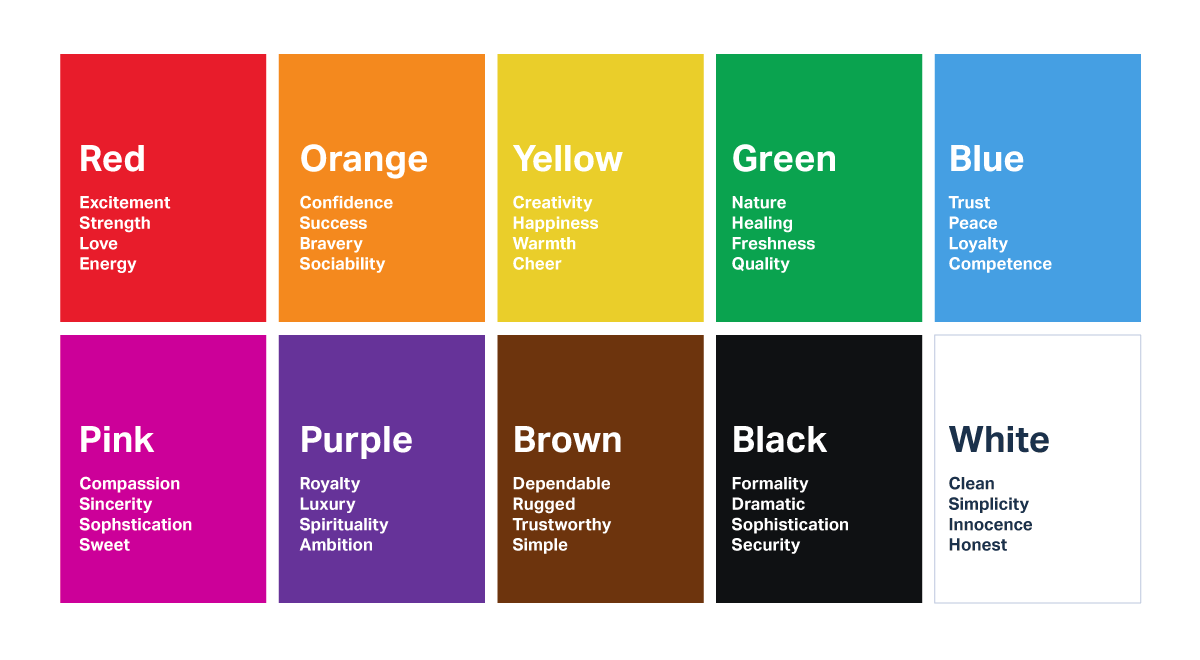



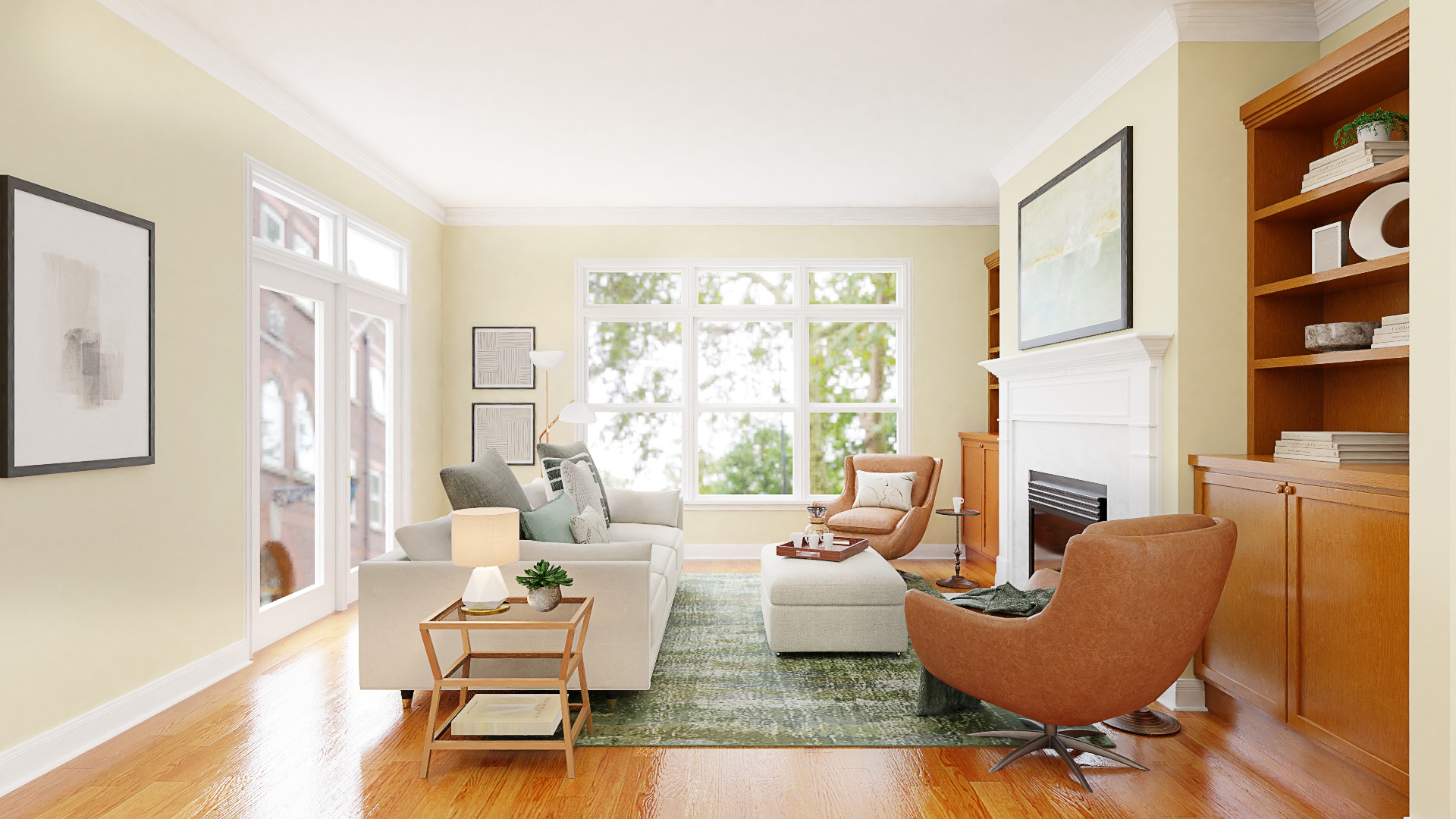
:max_bytes(150000):strip_icc()/choosing-interior-paint-colors-4011484-007-b567461297e44c4f8a84f1088e1f40ea.jpg)
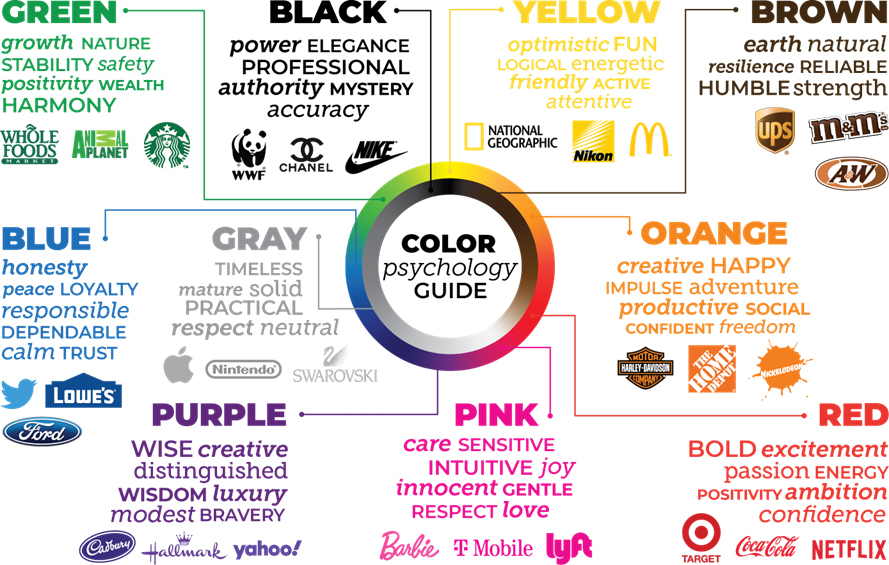
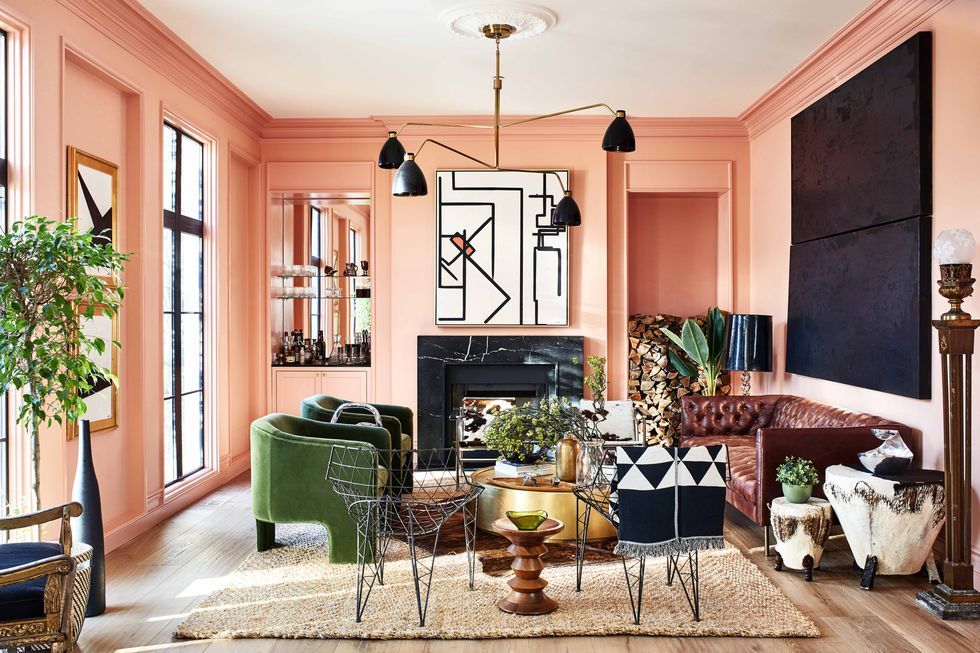

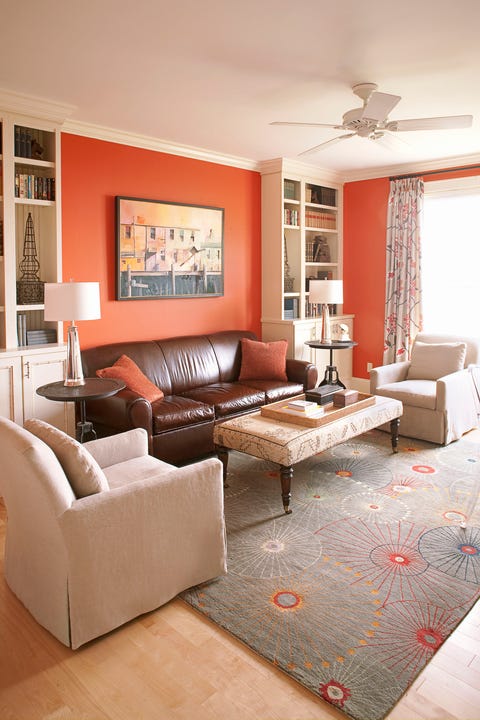

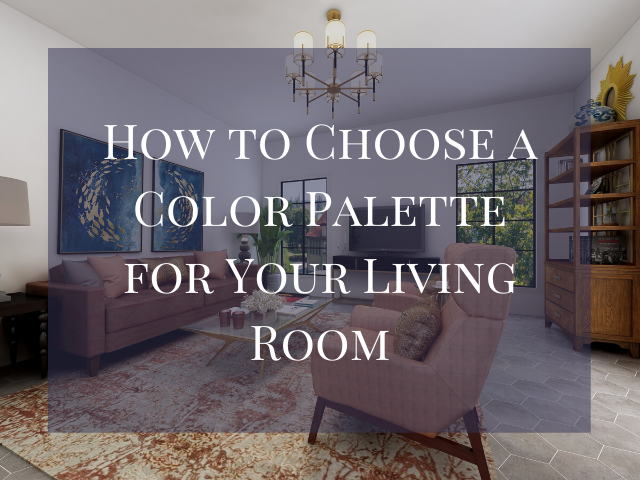
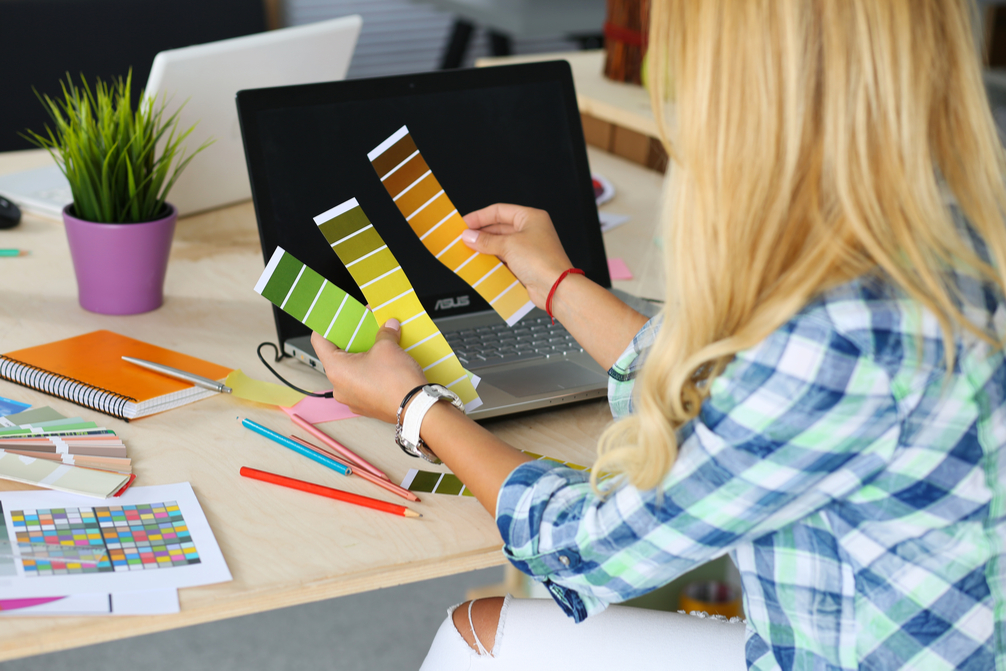


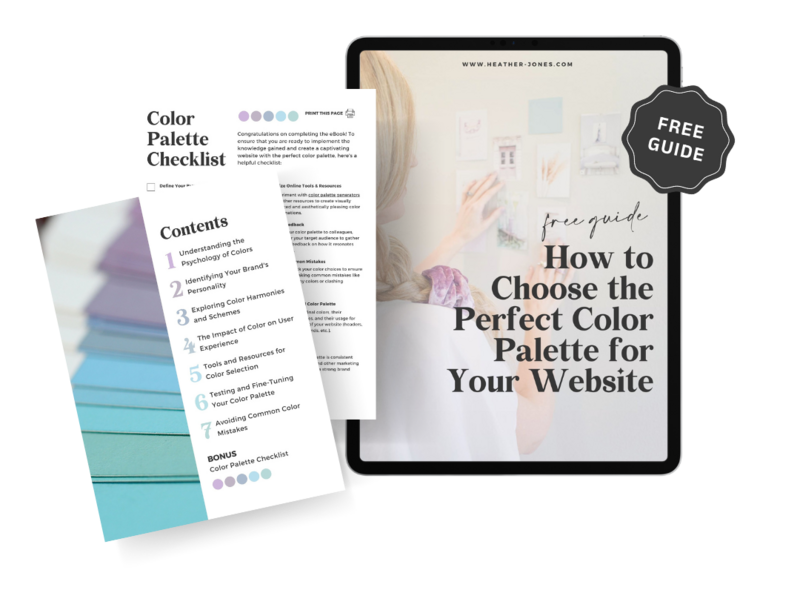













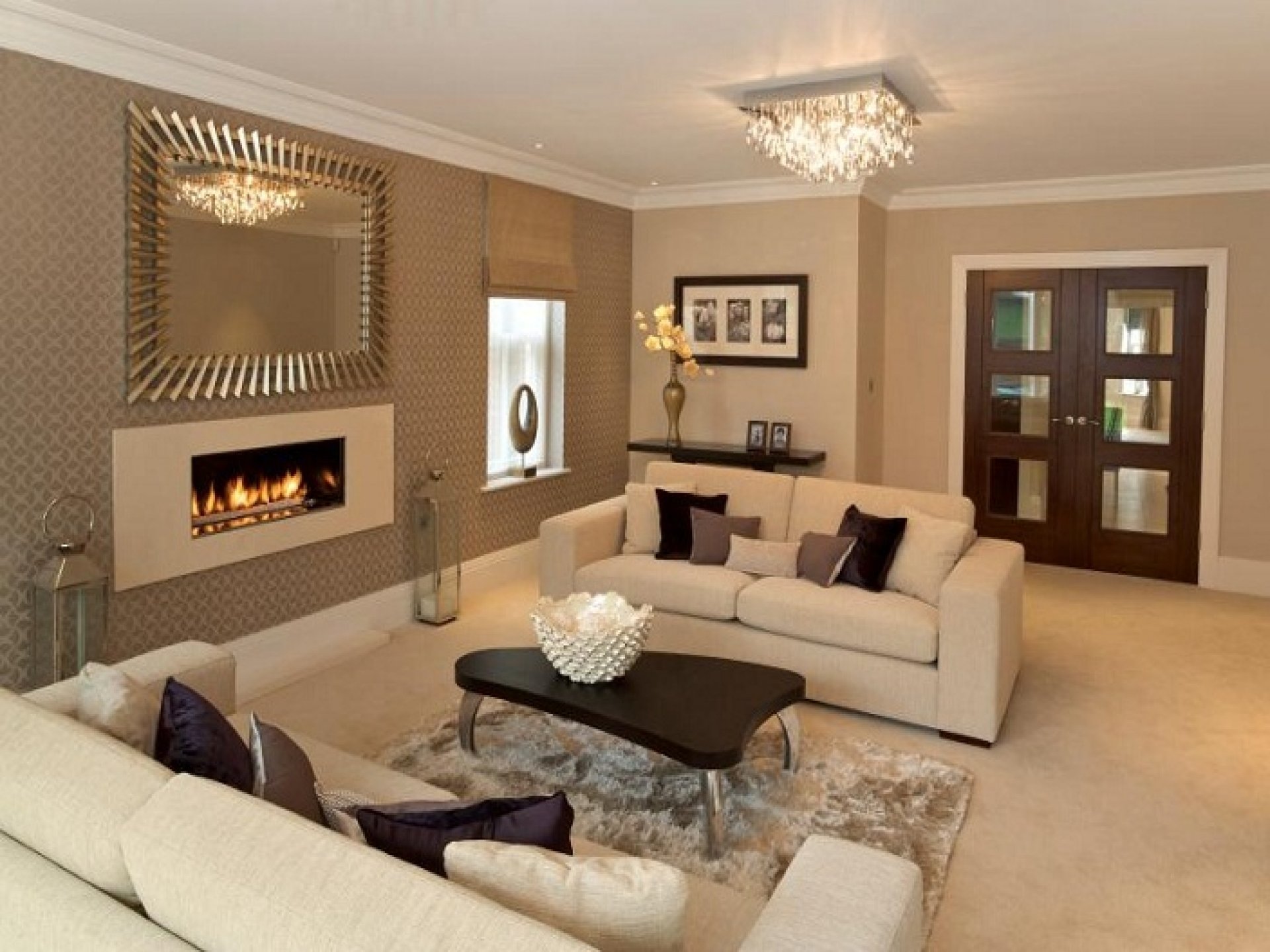


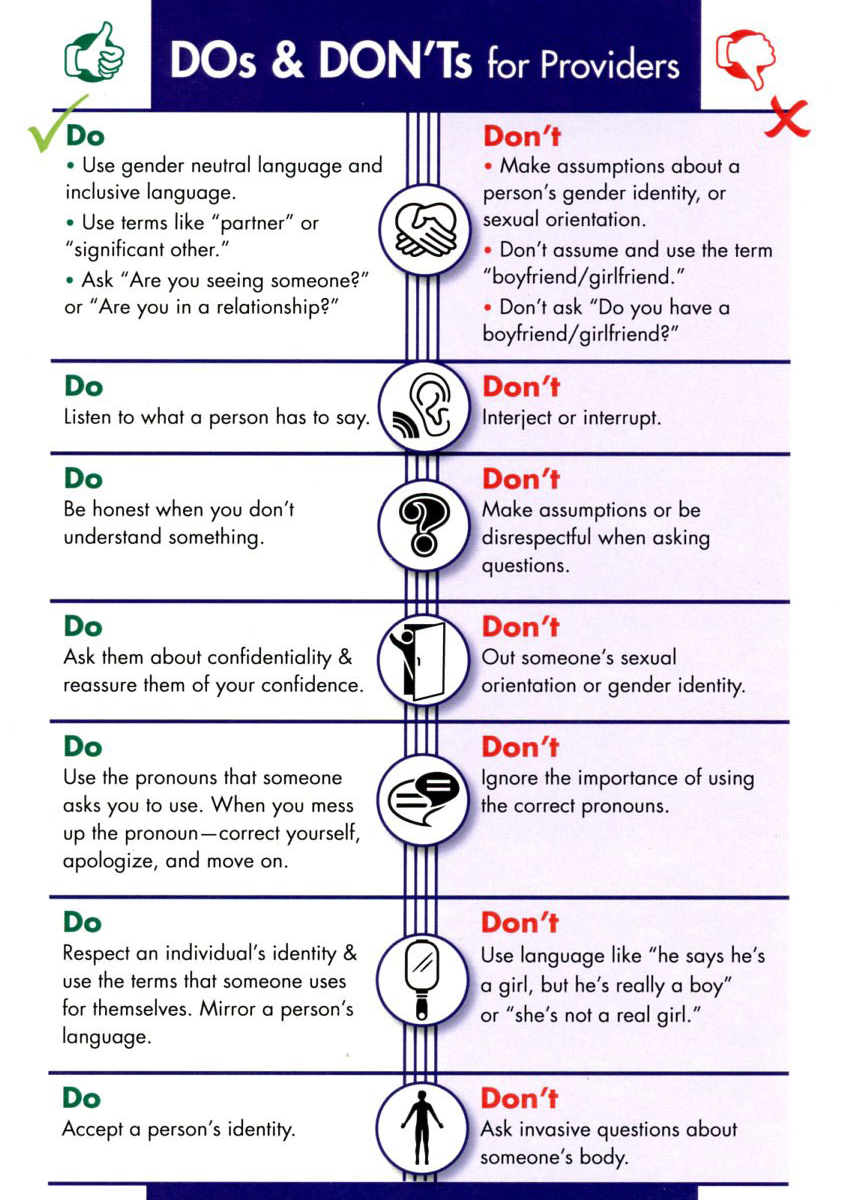



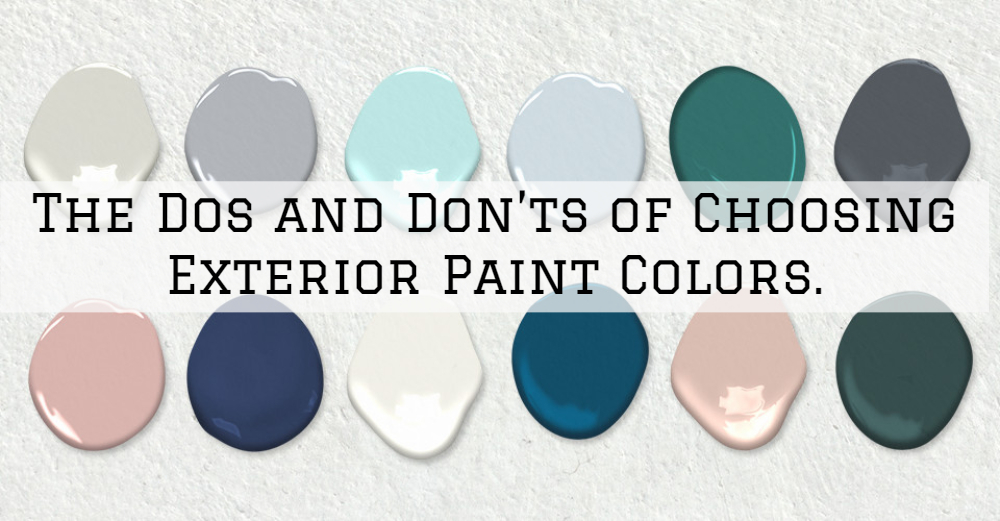



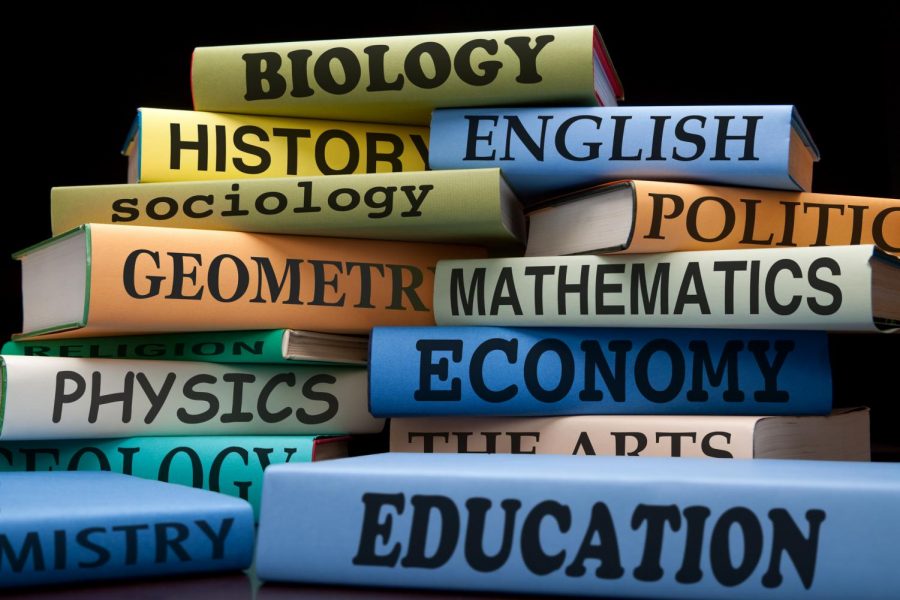

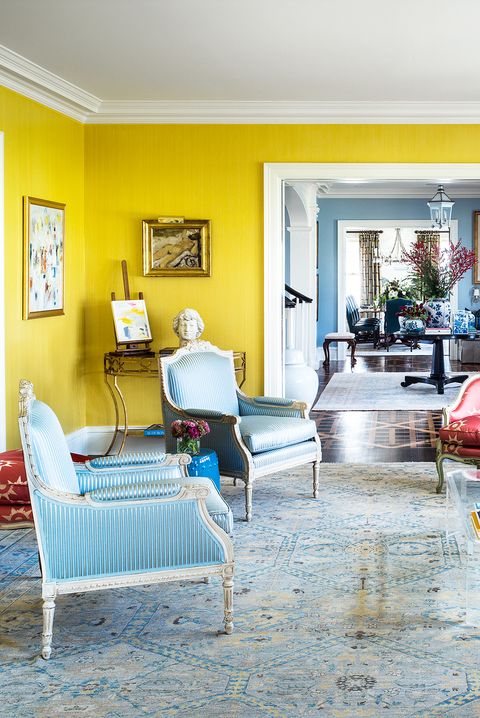


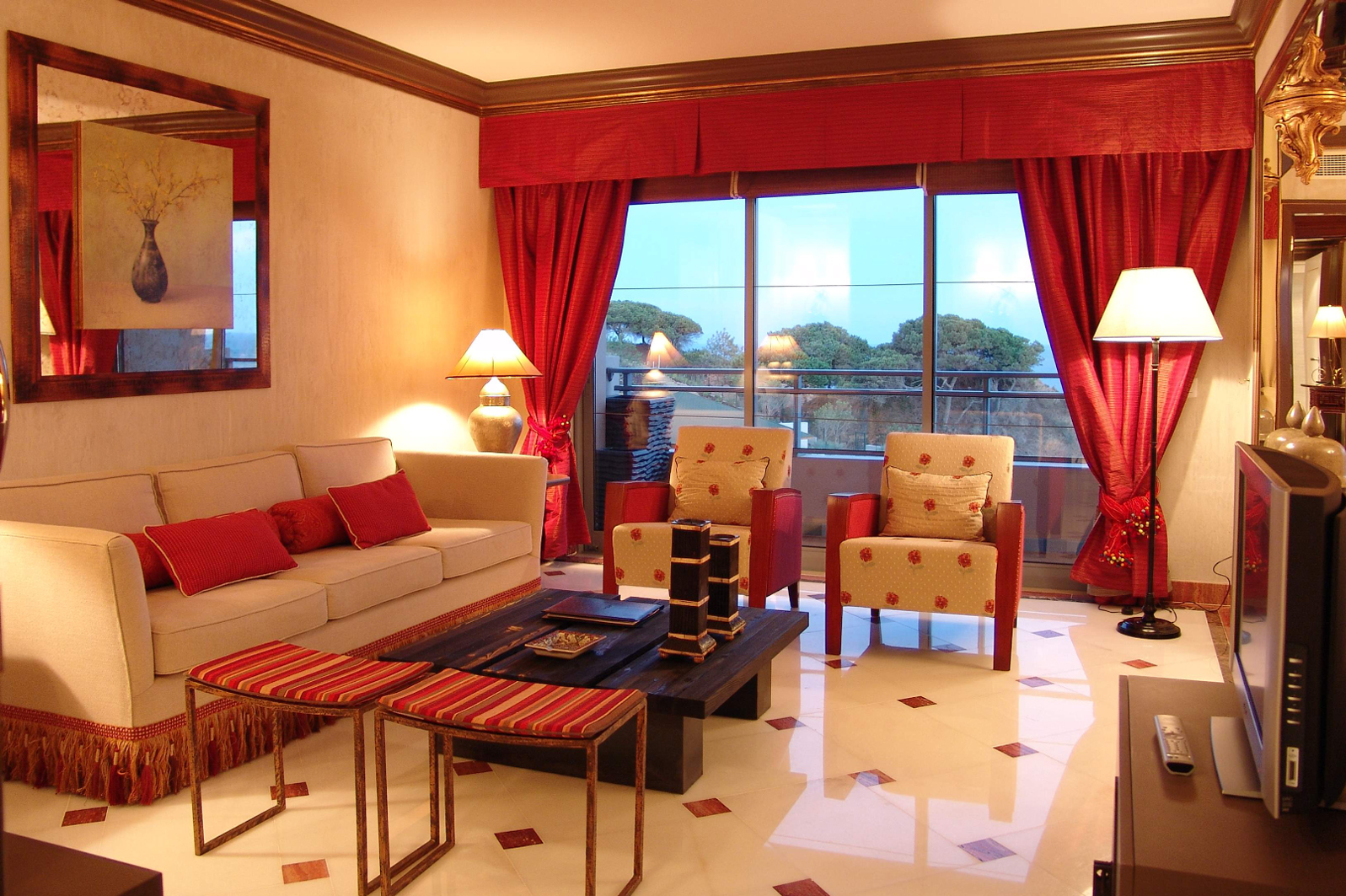










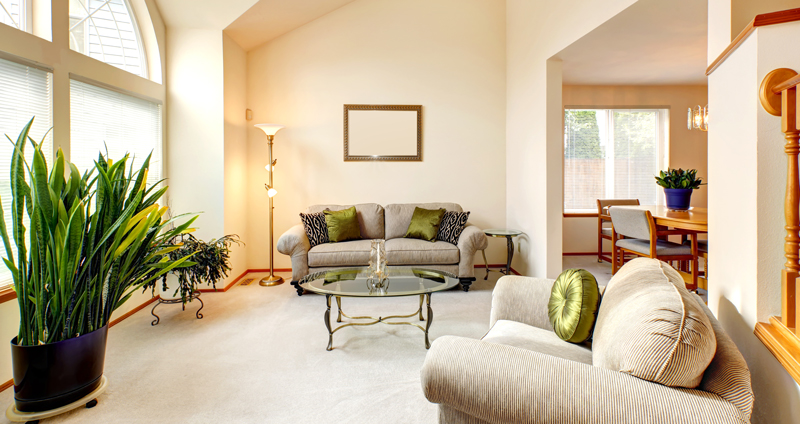


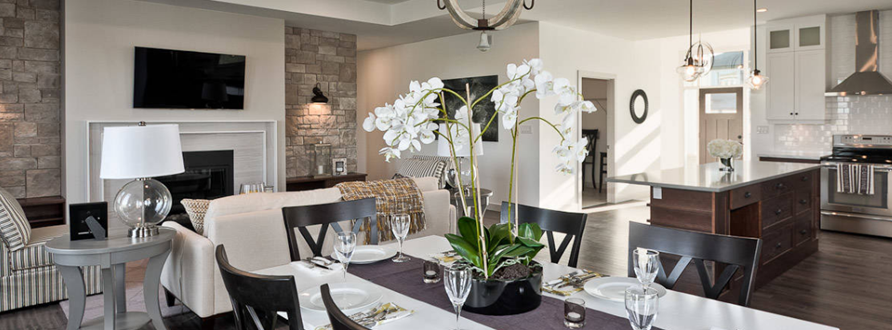

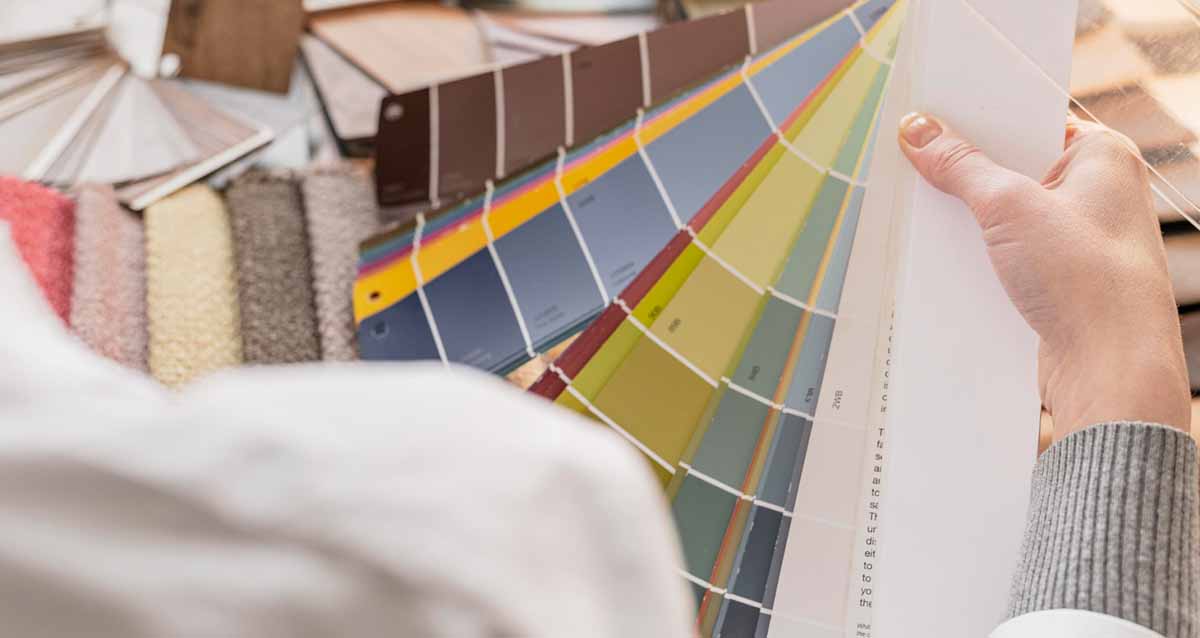




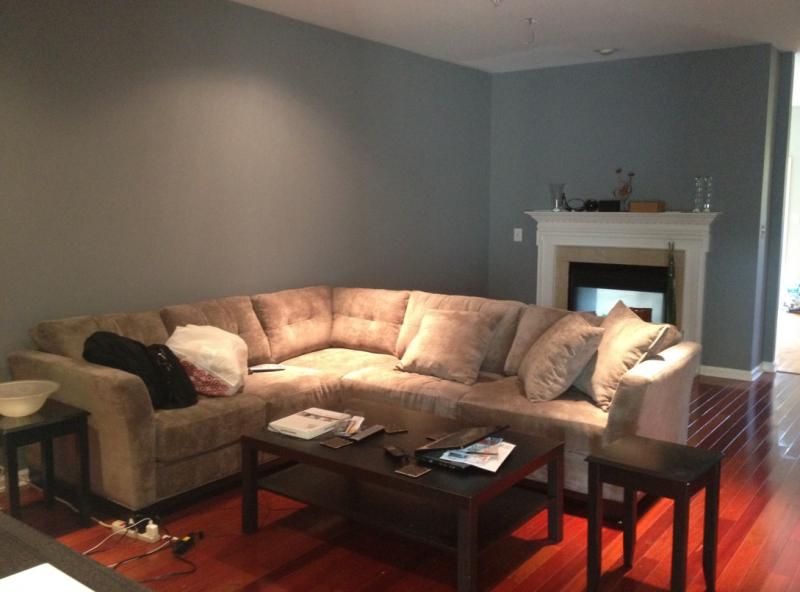


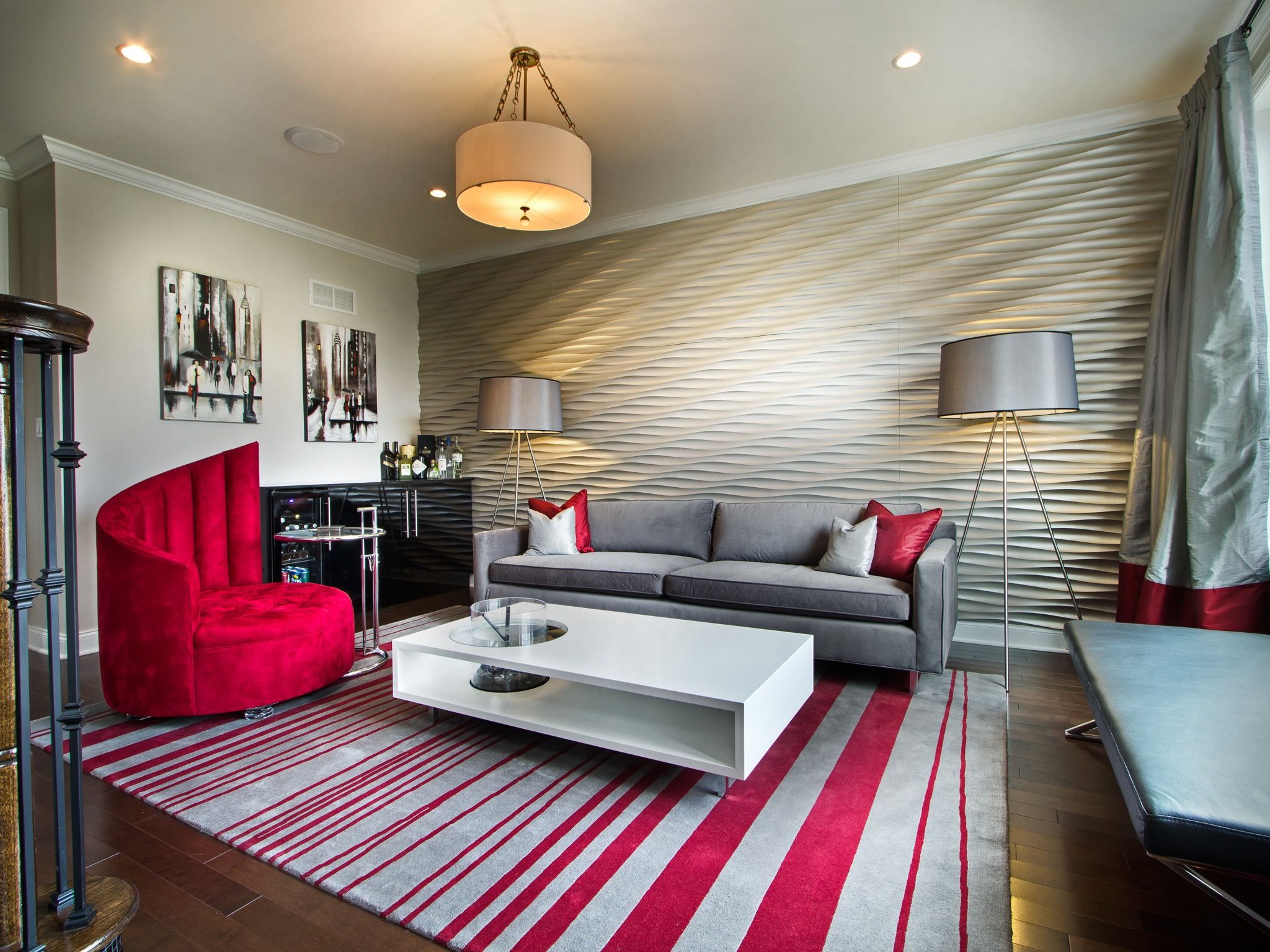







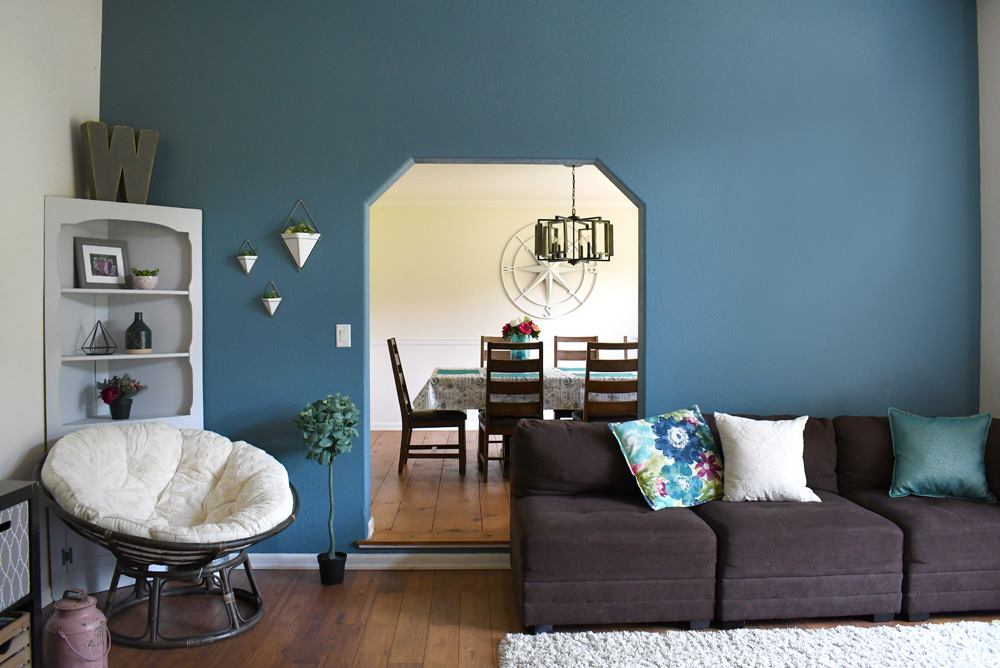



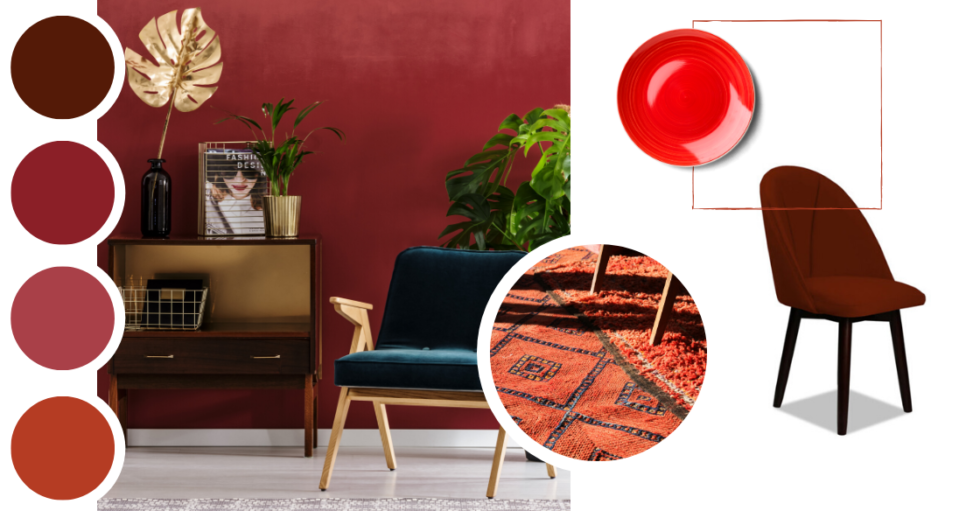




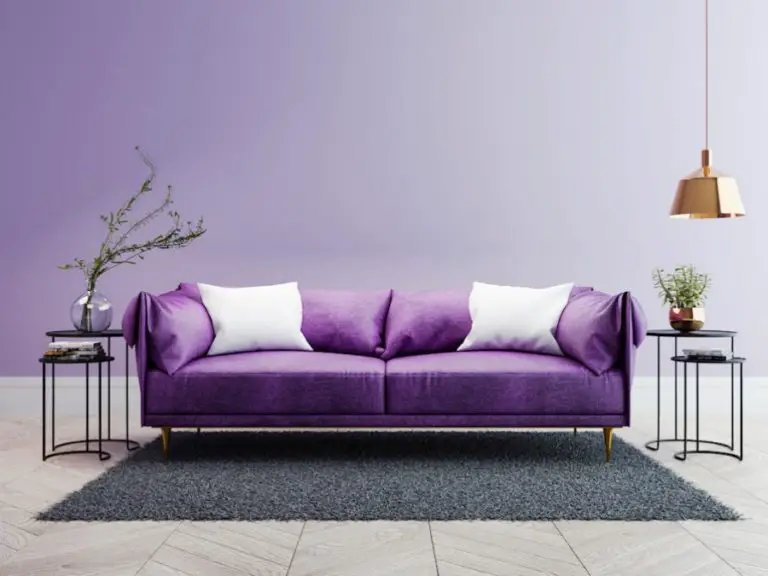

:max_bytes(150000):strip_icc()/2795824-color-psychology-5b0478de04d1cf003aac1625.png)
